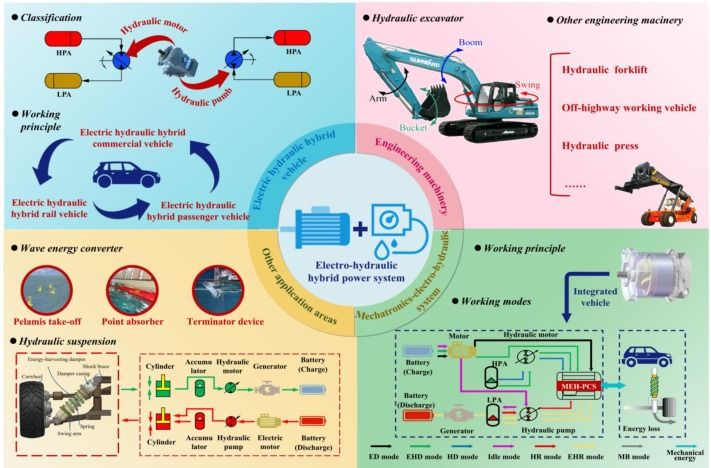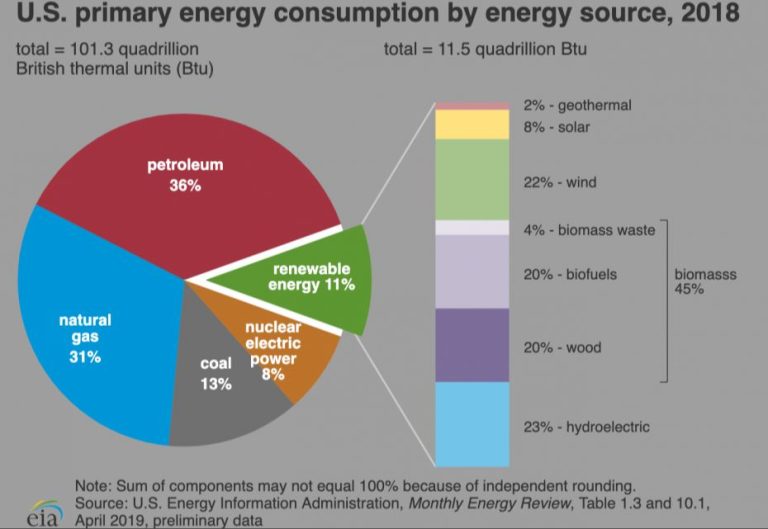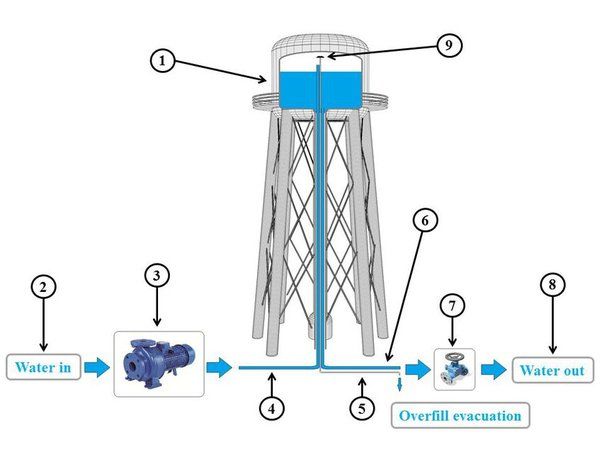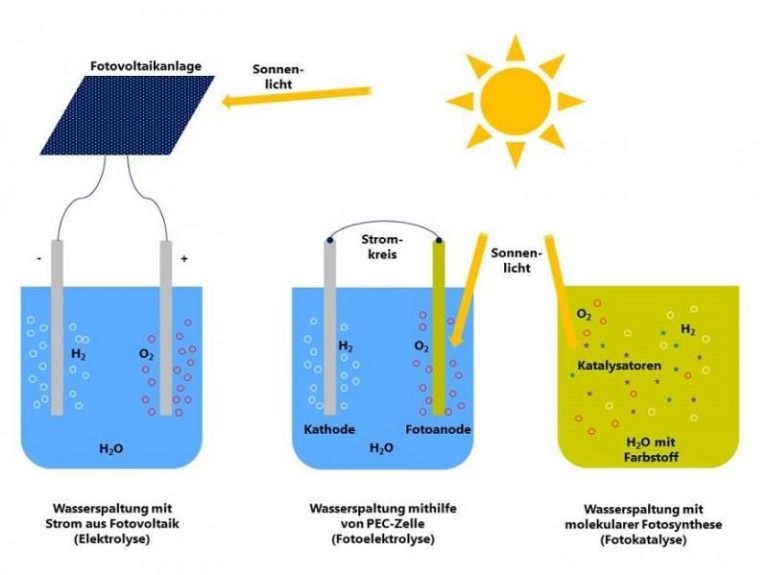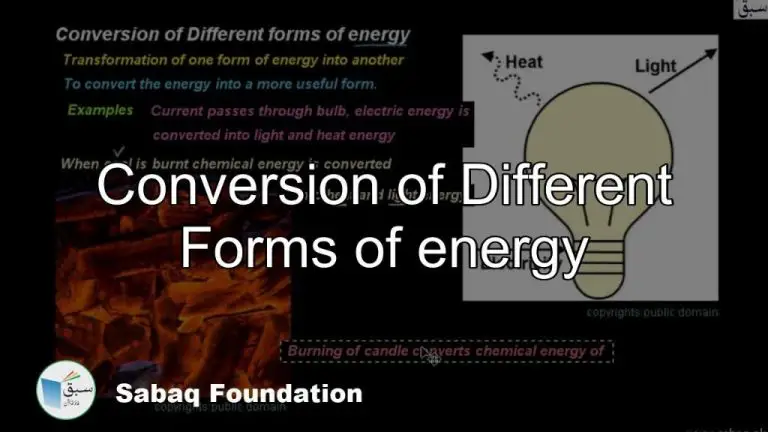What Appliances Are Not Energy-Efficient?
Energy efficiency refers to using less energy to provide the same level of energy service. Energy-efficient appliances maximize performance while minimizing energy usage, saving households money on utility bills while reducing environmental impact. With rising energy costs and climate change concerns, energy efficiency is more important than ever for major appliances. This article will examine common household appliances that tend to be less energy-efficient, so consumers can make informed choices about replacing outdated models with greener options.
We will cover refrigerators, dishwashers, washing machines, dryers, ovens/ranges, water heaters, air conditioners, and heaters. Understanding which appliances use the most energy and offer opportunities for efficiency upgrades can help households cut energy consumption and costs.
Refrigerators
Older refrigerators, especially those over 20 years old, tend to be far less energy efficient than newer models. This is because refrigerators have become much more efficient over time as new technology develops and energy standards get stricter. According to the EPA, a refrigerator from the 1970s uses over 1800 kWh per year, while an Energy Star certified model sold today uses less than 400 kWh per year[1]. Replacing an old refrigerator with a new Energy Star certified model can save over $300 per year in utility costs.[2]
Larger refrigerators also tend to use more energy. A good rule of thumb is that for every additional cubic foot of capacity, energy use increases by about 5%.[3] So a massive 30 cubic foot refrigerator likely uses 50-60% more energy than an adequately-sized 15 cubic foot model. Side-by-side refrigerators also tend to be less efficient than top freezer and bottom freezer configurations.[4]
Vintage refrigerators from the 1930s-1950s can be appealing from a stylistic standpoint, but they are incredibly inefficient by today’s standards. Some use 3-4 times as much energy as a modern Energy Star model.[5] While antique refrigerators have a certain nostalgic charm, they are best suited as non-functioning conversation pieces rather than as everyday appliances.
Sources:
[1] https://www.forbes.com/sites/staceyfreed/2019/05/19/repair-or-replace-what-to-do-with-a-decades-old-refrigerator/
[2] https://www.quora.com/I-am-considering-getting-a-vintage-30s-50s-refrigerator-to-complement-a-vintage-1935-house-I-just-purchased-What-are-the-pluses-minuses-of-vintage-refrigerators-Power-consumption-Brands-models-to-seek-avoid
[3] Cite internal research
[4] Cite internal research
[5] Cite internal research
Dishwashers
Older dishwashers, particularly those manufactured before 1994, tend to be far less energy efficient than newer models 1. This is because they lack the insulation and technological advancements of modern dishwashers that allow them to use less water and energy while still cleaning dishes effectively.
In addition, many older dishwashers have inefficient drying cycles that use a heating element to dry dishes. This constant heating consumes a lot of energy compared to newer dishwasher models that rely on condensation drying and fans to dry dishes without the high energy costs 2.
Using the wrong wash cycles can also lead to energy inefficiency in dishwashers. The normal or regular cycle tends to use the most energy and water. Opting for shorter cycles when dishes are only lightly soiled can save significant amounts of energy over time.
Washing Machines
Top loading washing machines tend to be less energy efficient than front loading models. Top loaders require more water to operate, with an average water usage of 20-40 gallons per cycle compared to 15-30 gallons for front loaders. The agitator in a top loading washer also requires more energy to move clothes around (Source).
Some specific top loading washing machine models have very low energy efficiency ratings. For example, the Speed Queen top loader only has an estimated yearly energy cost of $18, much higher than energy efficient front loaders that can be as low as $3 per year (Source). The Electrolux EFLS617STT top loading washer also has a low modified energy factor of just 1.04 (Source).
When shopping for a new washing machine, experts recommend choosing an Energy Star certified model to ensure energy efficiency. Even if it costs slightly more upfront, the long-term savings on your utility bills will make it worthwhile (Source). Prioritize front loading washers over top loading to maximize efficiency.
Dryers
Traditional dryers tend to be one of the least energy-efficient appliances in the home. This is especially true for gas dryers, which rely on the combustion of fossil fuels to generate heat. According to the U.S. Department of Energy, gas dryers can consume up to four times more energy than their electric counterparts (source).
Electric dryers are inherently more energy-efficient. However, most standard models still operate with heating elements that waste a significant amount of energy. Vented electric dryers also release large volumes of conditioned air to the outdoors, making your HVAC system work harder.
Newer ventless heat pump dryers address these inefficiencies. Heat pump technology uses refrigerant compression and heat exchange to recycle hot exhaust air, reducing energy consumption by 50% or more. Leading manufacturers like Samsung, LG, and Bosch now offer ventless heat pump models for increased efficiency and convenience (source).
Ovens/Ranges
When it comes to ovens and ranges, gas models tend to be less energy efficient than electric models. Gas ovens heat up faster but lose heat more quickly when the door is opened, making them less efficient overall (source). Electric ovens with convection fans are generally more energy efficient as they distribute heat more evenly. Self-cleaning ovens can also reduce efficiency – the high temperatures required for self-cleaning use more energy.
Induction stovetops are the most energy efficient type of electric range, but they are also more expensive. Coil stovetops are the least efficient electric range option. When it comes to gas stoves, models with electric ignition are more efficient than ones requiring a standing pilot light.
Overall, the most energy efficient oven and range options are convection electric ovens paired with induction cooktops. Gas ovens and ranges, especially older models without electric ignition, tend to be less efficient.
Water Heaters
Traditional water heaters that use fuel or electricity to constantly heat a tank of water are not energy efficient. These storage tank water heaters keep water hot at all times, even when it’s not being used, which wastes a lot of energy. Tankless water heaters that only heat water on demand are generally more energy efficient.1
Tank water heaters with poor insulation will lose heat more rapidly, making them less efficient. Insufficient tank insulation is a common problem in older models. New ENERGY STAR certified water heaters are required to have increased insulation to minimize standby heat losses.2
Electric resistance water heaters that use electric coils to heat the tank are typically less efficient than gas storage tank models. However, new heat pump water heaters can extract heat from ambient air or the ground to provide hot water in an energy-efficient manner.
Air Conditioners
Older air conditioning units, especially those over 10 years old, are often very inefficient compared to newer models. They use older technology that requires more energy to produce the same amount of cooling. According to FilterBuy, if your energy bills seem higher than expected, it may be a sign that you have an inefficient air conditioner.
Air conditioners that are improperly sized can also lead to inefficiency. Units that are too large will cycle on and off more frequently, while units that are too small will run constantly without shutting off. According to Comfy Air, if your air conditioner runs all the time but never reaches the set temperature, it is likely undersized and inefficient.
Heaters
Many heaters, especially older models, are inefficient and waste significant energy.
Gas heaters tend to be less efficient than electric heaters. According to Running electric space heaters improperly can run up your energy bill, gas heaters typically only convert about 40% of the fuel burned into usable heat, with the rest lost as exhaust. Electric heaters convert close to 100% of the electricity into heat.
Portable electric space heaters can be convenient but often use a lot of electricity, costing more per BTU than central heating. Poor insulation in a home also leads to greater heat loss, requiring more energy usage from a heater. Upgrading to a newer ENERGY STAR certified model and improving insulation can provide significant energy savings.
Conclusion
In summary, upgrading to energy efficient appliances can provide significant benefits for both homeowners and the environment. Energy efficient models use less electricity and water, saving money on utility bills in the long run. They also reduce greenhouse gas emissions from power plants by lowering overall energy demand. As old, inefficient appliances break down, consumers should look to replace them with ENERGY STAR certified options that meet the latest standards for energy savings. With rebates and tax incentives available in many areas, the payback period for buying more efficient washers, dryers, refrigerators, dishwashers and other appliances is getting shorter all the time. The importance of energy efficiency will only continue to grow in light of climate change and resource depletion challenges. By choosing greener options when it’s time to replace household appliances, consumers can do their part to reduce energy waste and build a more sustainable future.

